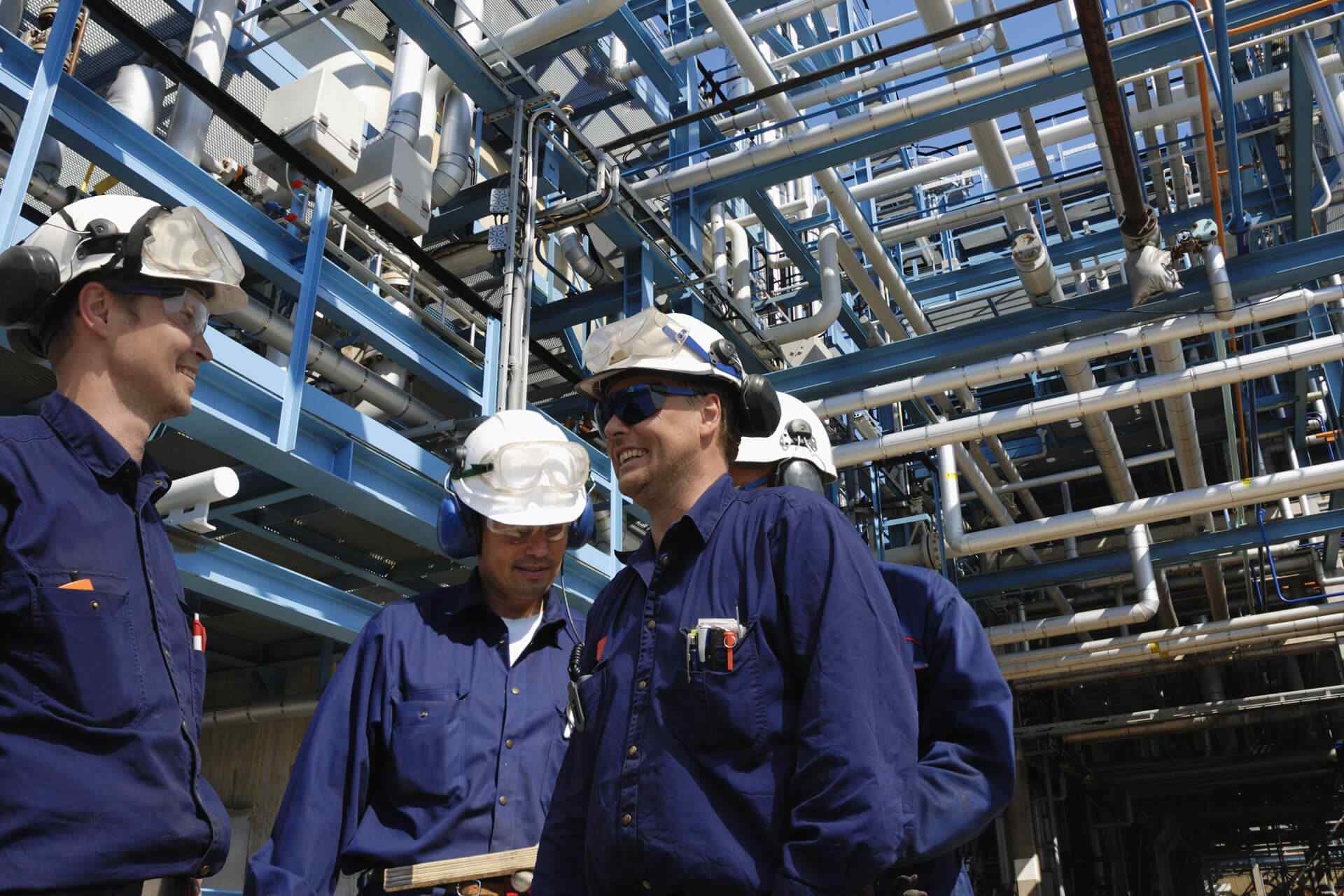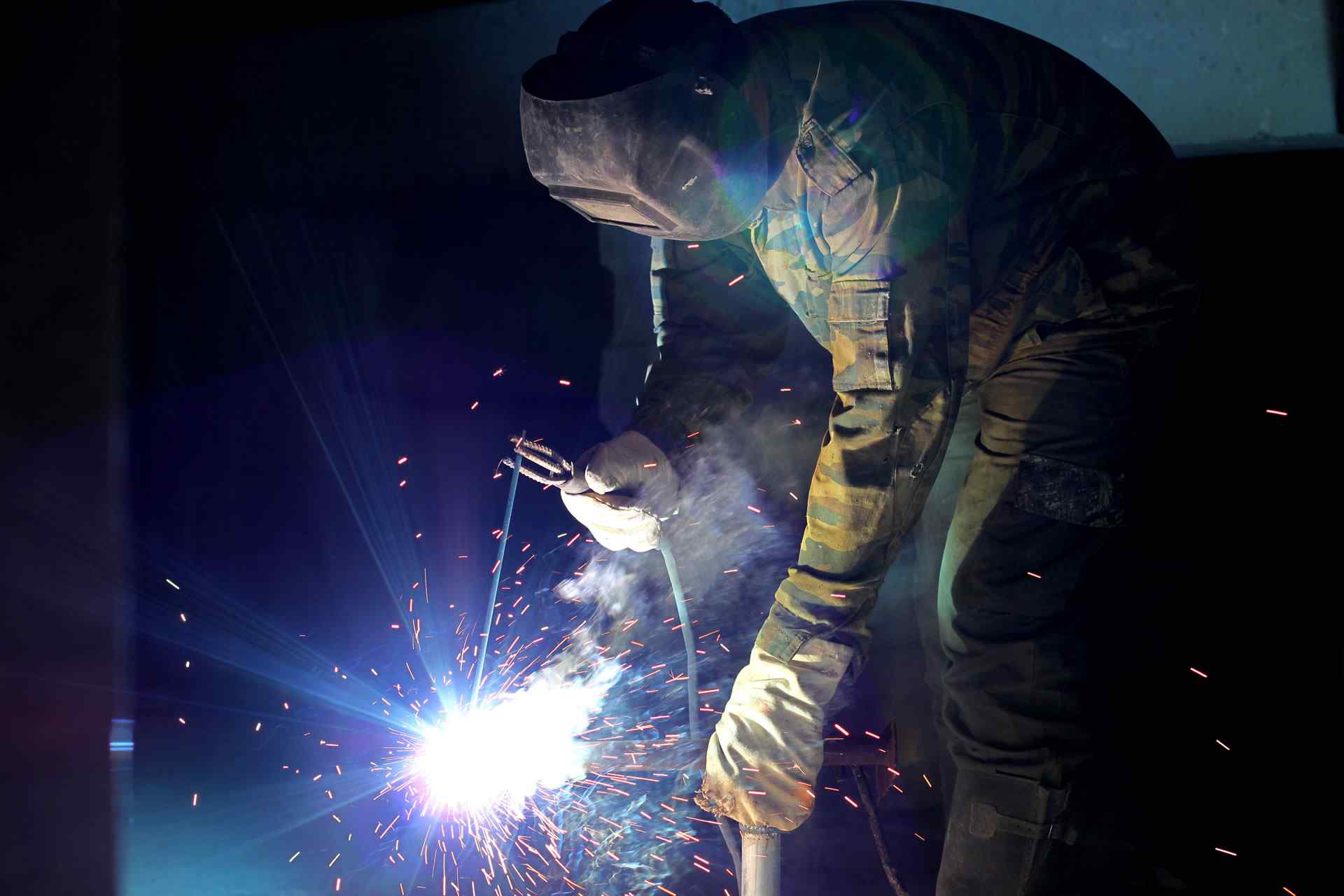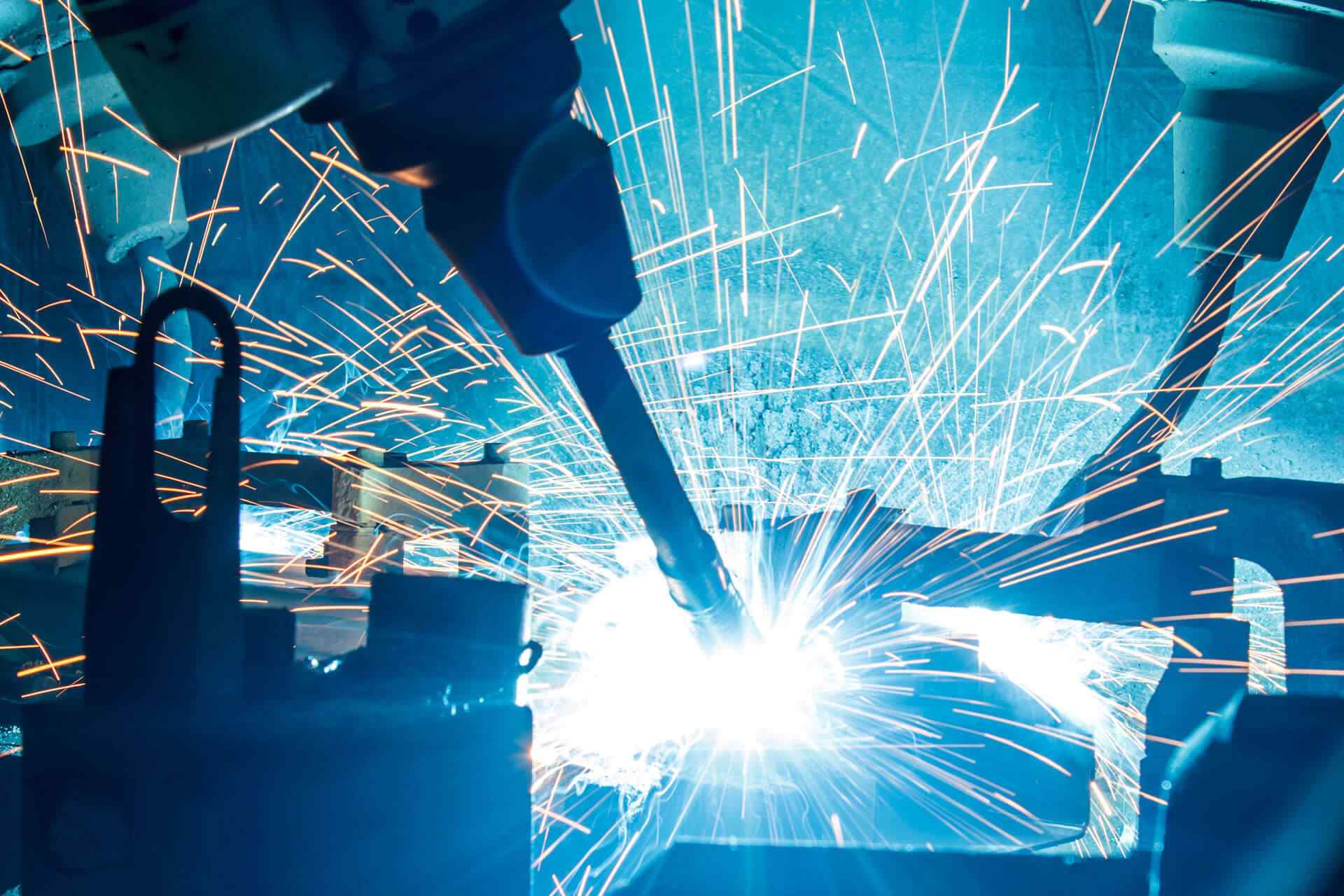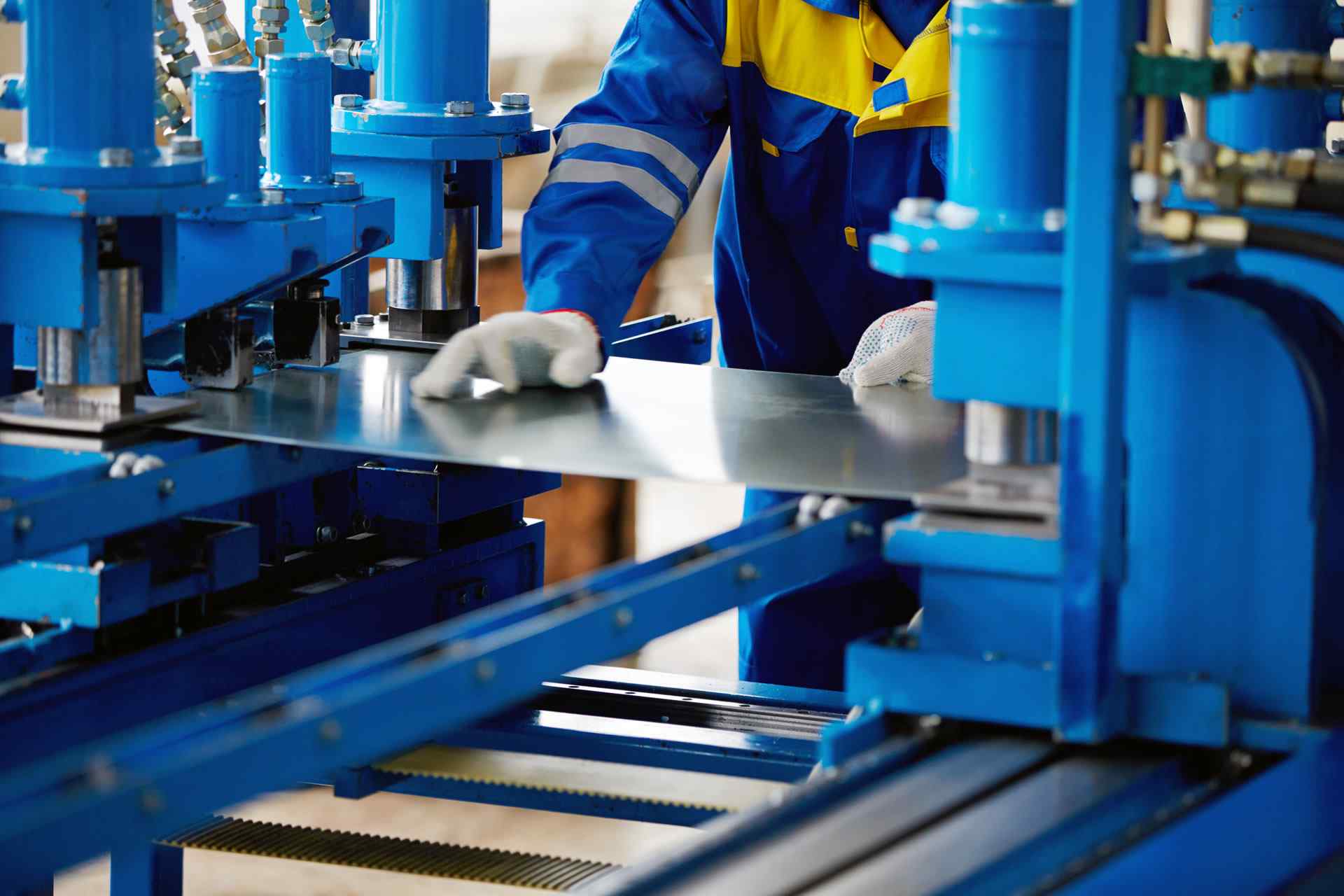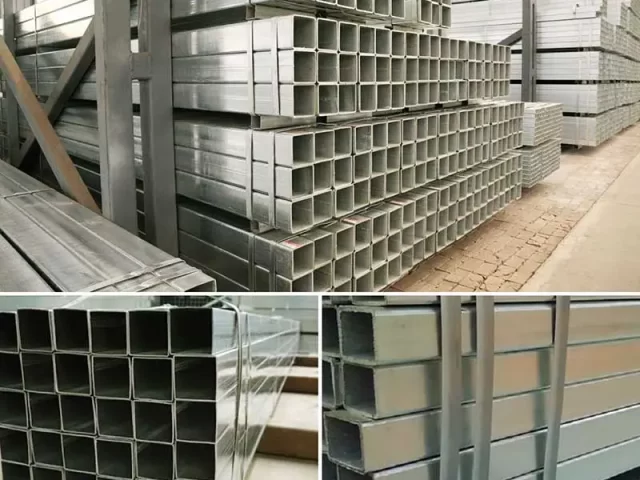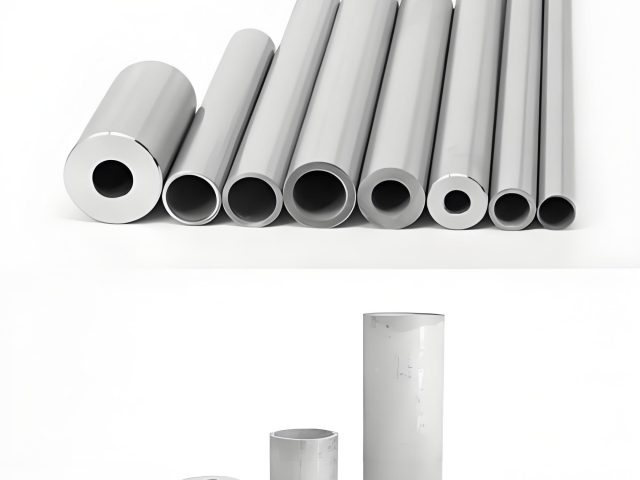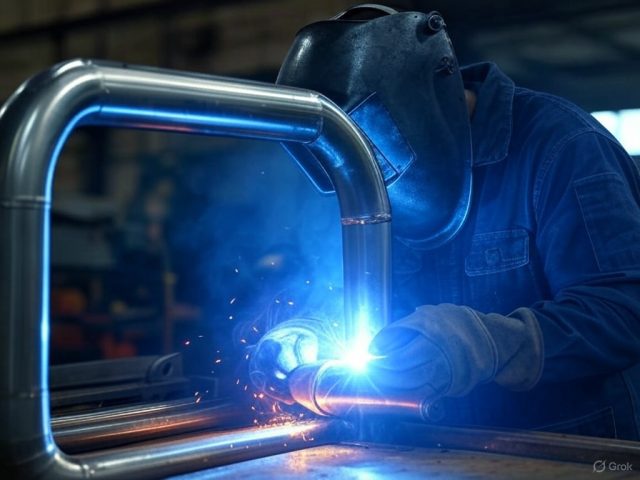ASTM A213 Boiler steel pipe Comprehensive Overview and Applications
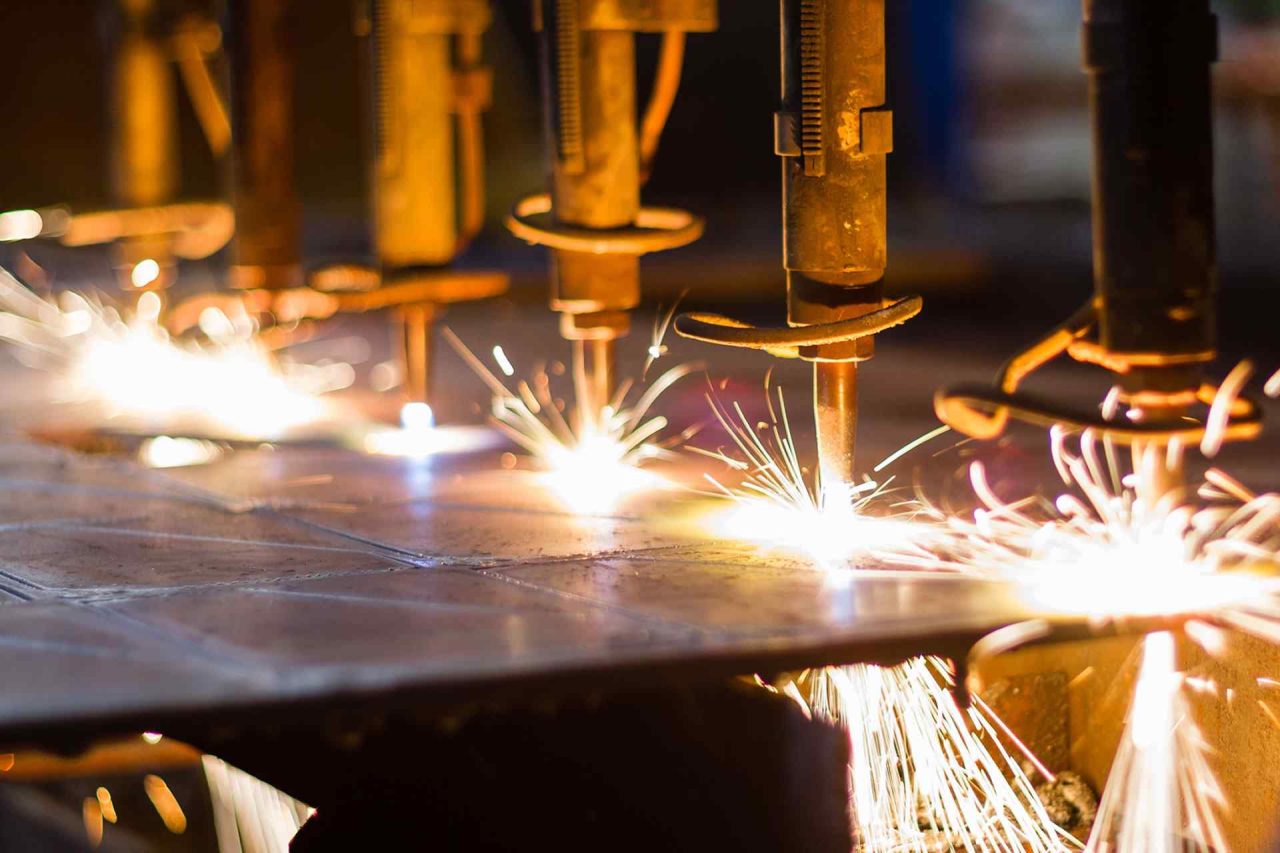
ASTM A213 T1, T2, T5, T9, T11, T12, T22, T91, T92: Comprehensive Overview and Applications
Introduction:
The ASTM A213 specification covers seamless ferritic and austenitic alloy-steel boiler, superheater, and heat-exchanger tubes. Within this specification, several grades are defined, including T1, T2, T5, T9, T11, T12, T22, T91, and T92. Each grade has unique characteristics and is designed for specific applications in high-temperature service environments. In this article, we will provide a comprehensive overview of these grades and their applications.
- ASTM A213 T1:
ASTM A213 T1 is a seamless ferritic alloy steel grade, containing chromium and molybdenum. It offers excellent strength, corrosion resistance, and high-temperature properties. T1 tubes are commonly used in power generation plants, petrochemical refineries, and other industries requiring high-temperature service. - ASTM A213 T2:
ASTM A213 T2 is a seamless ferritic alloy steel grade with a small amount of tungsten. T2 tubes exhibit excellent corrosion resistance and high-temperature strength. They are commonly employed in power plants, chemical plants, and oil refineries. - ASTM A213 T5:
ASTM A213 T5 is a seamless ferritic alloy steel grade with the addition of chromium and molybdenum. T5 tubes offer good oxidation resistance and excellent strength at elevated temperatures. They find applications in power plants, petroleum refineries, and other high-temperature environments. - ASTM A213 T9:
ASTM A213 T9 is a seamless ferritic alloy steel grade with the addition of chromium and molybdenum. T9 tubes provide superior resistance to oxidation and high-temperature strength. They are widely used in power generation, chemical plants, and oil and gas refineries. - ASTM A213 T11:
ASTM A213 T11 is a seamless ferritic alloy steel grade containing chromium and molybdenum. T11 tubes exhibit excellent creep and rupture strength at high temperatures. They are commonly utilized in boiler and heat exchanger applications. - ASTM A213 T12:
ASTM A213 T12 is a seamless ferritic alloy steel grade with the addition of chromium and molybdenum. T12 tubes offer good resistance to oxidation and high-temperature strength. They are extensively employed in power plants, refineries, and other industrial settings. - ASTM A213 T22:
ASTM A213 T22 is a seamless ferritic alloy steel grade containing chromium and molybdenum. T22 tubes exhibit excellent corrosion resistance and high-temperature strength. They are widely utilized in power plant superheaters, heat exchangers, and other high-temperature applications. - ASTM A213 T91:
ASTM A213 T91 is a seamless ferritic alloy steel grade with the addition of chromium, molybdenum, and nitrogen. T91 tubes provide excellent creep and rupture strength at elevated temperatures. They are frequently employed in high-temperature power plant applications. - ASTM A213 T92:
ASTM A213 T92 is a seamless ferritic alloy steel grade containing chromium, molybdenum, and vanadium. T92 tubes offer exceptional creep and rupture strength, as well as excellent oxidation and corrosion resistance. They are commonly utilized in advanced power plants, where high temperatures and pressures are encountered.
Conclusion:
The ASTM A213 specification defines a range of seamless ferritic and austenitic alloy-steel tubes for high-temperature service. The grades covered by this specification, including T1, T2, T5, T9, T11, T12, T22, T91, and T92, provide specific characteristics tailored for various industrial applications. Understanding the properties and applications of these grades is essential for selecting the appropriate material to ensure optimal performance and durability in high-temperature environments.
ASTM A213M-09 Material Comparison Tables (ASTM →KS, JIS, DIN, BS, NBN, NF, UNI)
| Grade | UNS Designation | C | Mn | P | S | Si |
| T2 | K11547 | 0.10–0.20 | 0.30–0.61 | 0.025 | 0.025B | 0.10–0.30 |
| T5 | K41545 | 0.15 | 0.30–0.60 | 0.025 | 0.025 | 0.5 |
| T5b | K51545 | 0.15 | 0.30–0.60 | 0.025 | 0.025 | 1.00–2.00 |
| T5c | K41245 | 0.12 | 0.30–0.60 | 0.025 | 0.025 | 0.5 |
| T9 | K90941 | 0.15 | 0.30–0.60 | 0.025 | 0.025 | 0.25–1.00 |
| T11 | K11597 | 0.05–0.15 | 0.30–0.60 | 0.025 | 0.025 | 0.50–1.00 |
| T12 | K11562 | 0.05–0.15 | 0.30–0.61 | 0.025 | 0.025B | 0.5 |
| T17 | K12047 | 0.15–0.25 | 0.30–0.61 | 0.025 | 0.025 | 0.15–0.35 |
| T21 | K31545 | 0.05–0.15 | 0.30–0.60 | 0.025 | 0.025 | 0.50–1.00 |
| T22 | K21590 | 0.05–0.15 | 0.30–0.60 | 0.025 | 0.025 | 0.5 |
| T23 | K40712 | 0.04–0.10 | 0.10–0.60 | 0.03 | 0.01 | 0.5 |
| T24 | K30736 | 0.05–0.10 | 0.30–0.70 | 0.02 | 0.01 | 0.15–0.45 |
| T36 | K21001 | 0.10–0.17 | 0.80–1.20 | 0.03 | 0.025 | 0.25–0.50 |
| T91 | K90901 | 0.07–0.14 | 0.30–0.60 | 0.02 | 0.01 | 0.20–0.50 |
| T92 | K92460 | 0.07–0.13 | 0.30–0.60 | 0.02 | 0.01 | 0.5 |
| T122 | K91271 | 0.07–0.14 | 0.7 | 0.02 | 0.01 | 0.5 |
| T911 | K91061 | 0.09–0.13 | 0.30–0.60 | 0.02 | 0.01 | 0.10–0.50 |
| Grade | UNS Designation | Vana- | Boron | Niobium | Nitrogen | Aluminum | Tungsten |
| dium | |||||||
| T2 | K11547 | … | … | … | … | … | … |
| T5 | K41545 | … | … | … | … | … | … |
| T5b | K51545 | … | … | … | … | … | … |
| T5c | K41245 | … | … | … | … | … | … |
| T9 | K90941 | … | … | … | … | … | … |
| T11 | K11597 | … | … | … | … | … | … |
| T12 | K11562 | … | … | … | … | … | … |
| T17 | K12047 | 0.15 | … | … | … | … | … |
| T21 | K31545 | … | … | … | … | … | … |
| T22 | K21590 | … | … | … | … | … | … |
| T23 | K40712 | 0.20–0.30 | 0.0010–0.006 | 0.02–0.08 | 0.015 | 0.03 | 1.45–1.75 |
| T24 | K30736 | 0.20–0.30 | 0.0015–0.007 | … | 0.012 | 0.02 | … |
| T36 | K21001 | 0.02 | … | 0.015–0.045 | 0.02 | 0.05 | … |
| T91 | K90901 | 0.18–0.25 | … | 0.06–0.10 | 0.030–0.07 | 0.02 | … |
| T92 | K92460 | 0.15–0.25 | 0.001–0.006 | 0.04–0.09 | 0.030–0.07 | 0.02 | 1.5–2.00 |
| T122 | K91271 | 0.15–0.30 | 0.0005–0.005 | 0.04–0.10 | 0.040– | 0.02 | 1.50–2.50 |
| T911 | K91061 | 0.18–0.25 | 0.0003–0.006 | 0.06–0.10 | 0.040–0.09 | 0.02 | 0.90–1.10 |
Mechanical properties
| Grade | Tensile strength | Yield point(Mpa) | Elongation(%) | Impact(J) | Hardness |
| (Mpa) | not less than | not less than | not less than | not less than | |
| A213 T2/SA213 T2 | ≥415 | 205 | “ | 85HRB | |
| A213 T11/SA213 T11 | ≥415 | 205 | “ | 85HRB | |
| A213 T22/SA213 T22 | ≥415 | 205 | “ | 85HRB | |
| A213 T23/SA213 T23 | ≥510 | 400 | 20 | “ | 97HRB |
| A213 T24/SA213 T24 | ≥585 | 415 | 20 | “ | 25HRB |
| A213 T91/SA213 T91 | ≥585 | 415 | 20 | “ | 25HRB |
| A213 T911/SA213 T911 | ≥620 | 440 | 20 | “ | 25HRB |
| A213 T22/SA213 T92 | ≥620 | 440 | 20 | “ | 25HRB |
| A213 T122/SA213 T122 | ≥620 | 400 | 20 | 25HRB | |
| TP304H | ≥515 | 205 | 35 | 90HRB | |
| TP316H | ≥515 | 205 | 35 | 90HRB | |
| TP321H | ≥515 | 205 | 35 | 90HRB | |
| TP347H | ≥515 | 205 | 35 | 90HRB | |
| S30432 | ≥590 | 235 | 35 | 95HRB | |
| TP310HCbN | ≥655 | 295 | 30 | 100HRB |
Note:
A Maximum, unless range or minimum is indicated. Where ellipses (…) appear in this table, there is no requirement, and analysis for the element need not be determined or reported.
B It is permissible to order T2 and T12 with a sulfur content of 0.045 max. See 16.3.
C Alternatively, in lieu of this ratio minimum, the material shall have a minimum hardness of 275 HV in the hardened condition, defined as after austenitizing and cooling to room temperature but prior to tempering.
Hardness test frequency shall be two samples of product per heat treatment lot and the hardness testing results shall be reported on the material test report.
ASTM A213 Stainless Steel Tubing Specification
ASTM A213 standard is a common used specification for Seamless Ferritic and Austenitic Alloy-Steel Boiler, Super heater, and Heat-Exchanger Tubes, offering manufacture and purchasing requirements for manufactures and users, main information contain grade, size, finishes, test and other terms, the equivalent standard is ASME SA213.
ASTM A213 Ferritic And Austenitic Alloy–Steel Material Grades
ASTM A213 Specification covers material containing alloy steels, Ferritic and Austenitic steels, Austenitic stainless steel is the most used group due to their properties, common designated grades are listed, in table 1 for chemical composition, table 2 for mechanical properties and solution temperature.
Chemical composition %
| Grade | C | Si | Mn | Cr | Ni | Mo | S | P |
| TP304 | 0,08 | 1,0 | 2 | 18 – 20 | 8 – 11 | – | 0,03 | 0,045 |
| TP304L | 0,035 | 1,0 | 2 | 18 – 20 | 8 – 12 | – | 0,03 | 0,045 |
| TP316 | 0,08 | 1,0 | 2 | 16 – 18 | 11 – 14 | 2 – 3 | 0,03 | 0,045 |
| TP316L | 0,035 | 1,0 | 2 | 16 – 18 | 10 – 14 | 2 – 3 | 0,03 | 0,045 |
| TP321 | 0,08 | 1,0 | 2 | 17 – 19 | 9 – 12 | – | 0,03 | 0,045 |
Mechanical properties and solution temperature (Min, degree centigrade).
| Grade | Tensile Strength(Mpa) | Yield Point(Mpa) | Elongation(%) | Hardness(HRB) | Solution Temperature |
| TP304 | 515 | 205 | 35 | 90 | 1040 |
| TP304L | 485 | 170 | 35 | 90 | 1040 |
| TP316 | 515 | 205 | 35 | 90 | 1040 |
| TP316L | 485 | 170 | 35 | 90 | 1040 |
| TP321 | 515 | 205 | 35 | 90 | 1040 |

